- Your cart is empty
- Continue Shopping
D-Link DVG-2032S 32-Port VoIP Station Gateway Price in Qatar
The DVG-2032S VoIP Station Gateway presents an ideal Internet telephone solution for business use.This gateway converts voice traffic into data packets for transmission over the Internet. It combines the industry’s latest Voice over IP (VoIP) network technology with advanced communication features, and is fully compatible with SIP Internet phone services. High port densities allow it to provide a low cost of ownership, convenience, and great savings for companies needing to place frequent longdistance and international business calls.
Product Description
Voice Features
- G.711 a-law 64K
- Packet Interval: 20/30/40 ms
- Concurrent Calls: 32 ch @ 20 ms
- G.711 μ-law 64K
- Packet Interval: 20/30/40 ms
- Concurrent Calls: 32 ch @ 20 ms
- G.723.1 5.3K/6.3K
- Packet Interval: 30/60/90 ms
- Concurrent Calls: 32 ch @ 30 ms
- G.726 32K
- Packet Interval: 20/30/40 ms
- Concurrent Calls: 32 ch @ 20 ms
- G.729 8K
- Packet Interval: 20/30/40 ms
- Concurrent Calls: 32 ch @ 20 ms
- DTMF Detection and Generation
- Silence Suppression & Detection
- Comfort Noise Generation (CNG)
- Voice Activity Detection (VAD)
- Echo Cancellation (G.165/G.168)
- Adaptive (Dynamic) Jitter Buffer
- Call Progress Tone Generation
- Auto or Programmable Gain Control
- Built-in Local Mixer
- ITU-T V.152 Voice-band Data over IP Networks
SIP Call Features
- Peer to Peer Call
- Call Hold / Retrieve
- Call Waiting
- Call Pick Up
- Call Park / Retrieve (SIP Server Required)
- Call Forward – unconditional, busy, no answer
- Call Transfer – attended, unattended
- Do Not Disturb
- Speed Dialing
- Repeat Dialing
- Three-way Calling
- MWI (RFC-3842)
- Hot Line and Warm Line
Telephony Specifications
- In-Band DTMF, Out-of-Band DTMF Relay (RFC2833 or SIP INFO)
- DTMF / PULSE Dial Support
- Caller ID Generation / Detection:
- DTMF
- FSK-Bellcore Type 1 & 2
- FSK-ETSI Type 1 & 2
- FSK-NTT
- FSK: Calling Name, Number, Date and Time, VMWI
- FXS Metering Pulse:
- Polarity Reversal
- 12 kHz calling tone
- 16 kHz calling tone
- T.30 FAX Bypass to G.711, T.38 Real Time FAX Relay
- FXS Line test and diagnostics with visual alarm
- indication
- Inward self test:
- Loopback – codec
- Loopback – analog
- SLIC DC power voltage
- Tip / Ring DC feed
- Ringer
- Outward Test (GR909 Standard) :
- REN
- Phone Line disconnected
- H.F. DC Voltage (Hazardous and foreign DC Voltage)
- H.F. AC Voltage (Hazardous and foreign AC Voltage)
- Tip / Ring Short
- Modem over IP up to V.34
- ROH Tone (Receiver Off-Hook Tone @ 480 Hz)
- Loop Current Suppression
SIP Account Management
- By Port Registration
- By Device Registration (share account)
- Mixed Mode (Hunt number for inbound, by port number for outbound)
- Invite with Challenge
- Register by SIP Server IP Address or Domain Name
- Support RFC3986 SIP URI Format
SIP Call Management
- Support Outbound Proxy
- Register up to three SIP servers
- SIP Registration Failover Mechanism
- Group Hunting
- Privacy Mechanism / Private Extensions to SIP
- Session Timers (Update / Re-invite)
- DNS SRV Support
- Call Types: Voice / Modem / FAX
- Call Routing by Prefix Number
- User Programmable Dial Plan Support
- CDR Client
- Manual Peer Table (for P2P calls)
- E.164 Numbering, ENUM support
IP Network Specifications
- Support IPv4, IPv6 future upgradable (Option)
- WAN: Static IP, PPPoE, DHCP, PPTP
Network Protocol Support:
IP, TCP, UDP, TFTP, FTP, RTP, RTCP, ARP, RARP, ICMP,
NTP, SNTP, SNMP v1/v2, HTTP, HTTPS, DNS,
DNS SRV, Telnet, DHCP Server, DHCP Client,
STUN Client, UPnP, IGMP snooping, IGMP proxy
QoS Support:
WAN: DiffServ, IP Precedence, Priority Queue,
Rate Control, 802.1Q (VLAN Tagging), 802.1p (Priority
Tag)
LAN: Rate Limit
DDNS Support
Network Security Specifications
- VPN PPTP Client
- DIGEST Authentication
- MD5 Encryption
- DoS Protection
Management
- Web-based Configuration
- Auto-provisioning (HTTP / HTTPS)
- Telnet
- IVR
- FTP / TFTP / HTTP Software Upgrade
- Configuration Backup and Restore
- Reset to Default Button
- TR-069/104 (Option)
SIP, Voice and FAX Related Standard
- RFC1889 RTP: A Transport Protocol for Real-Time Applications.
- RFC2543 SIP: Session Initiation Protocol
- RFC2833 RTP Payload for DTMF Digits, Telephony
- Tones and Telephony Signals
- RFC2880 Internet Fax T.30 Feature Mapping
- RFC2976 The SIP INFO Method
- RFC3261 SIP: Session Initiation Protocol
- RFC3262 Reliability of Provisional Responses in
- Session Initiation Protocol (SIP)
- RFC3263 Session Initiation Protocol (SIP): Locating SIP Servers
- RFC3264 An Offer/Answer Model with Session Description Protocol (SDP)
- RFC3265 Session Initiation Protocol (SIP) – Specific Event Notification
- RFC3311 The Session Initiation Protocol (SIP) UPDATE Method
- RFC3323 A Privacy Mechanism for the Session Initiation Protocol (SIP)
- RFC3325 Private Extensions to the Session Initiation
- Protocol (SIP) for Asserted Identity within Trusted Networks
- RFC3362 Real-time Facsimile (T.38) – Image/t38 MIME Sub-type Registration
- RFC3515 The Session Initiation Protocol (SIP) Refer Method
- RFC3550 RTP: A Transport Protocol for Real-Time
- Applications. July 2003
- RFC3665 Session Initiation Protocol (SIP) Basic Call
Flow Examples
- RFC3824 Using E.164 numbers with the Session
- Initiation Protocol (SIP)
- RFC3842 A Message Summary and Message Waiting
- Indication Event Package for the Session Initiation
- Protocol (SIP)
- RFC3891 The Session Initiation Protocol (SIP)
- “Replaces” Header
RFC3892 The Session Initiation Protocol (SIP) Referred-By Mechanism
RFC3960 Early Media and Ringing Tone Generation in the Session Initiation Protocol (SIP)
RFC3986 Uniform Resource Identifier (URI): Generic Syntax
RFC4028 Session Timers in the Session Initiation Protocol (SIP)
Draft-ietf-sipping-service-examples-08 for call features

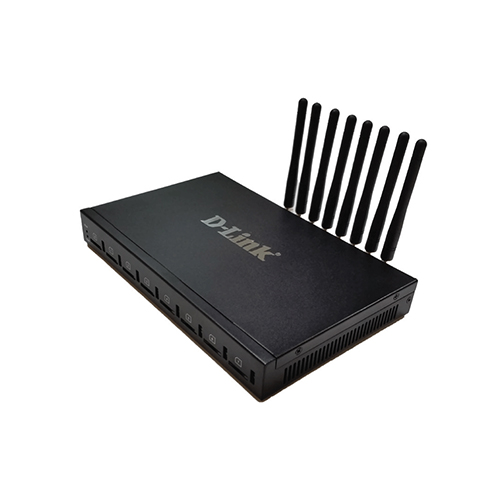
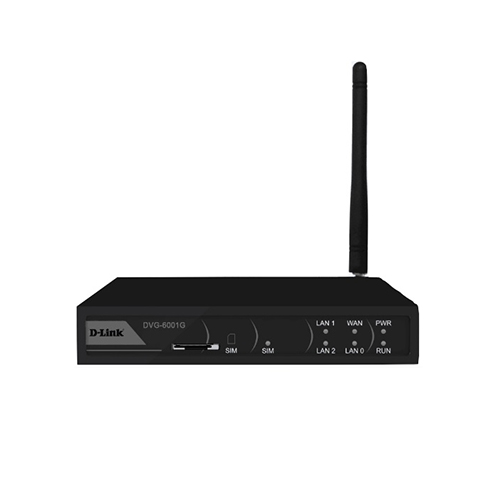


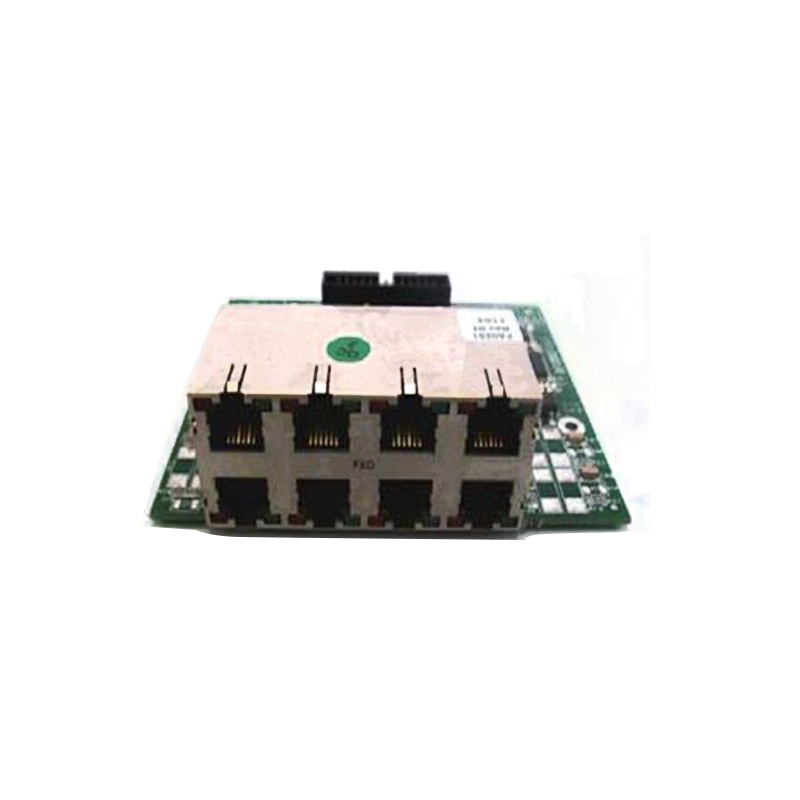
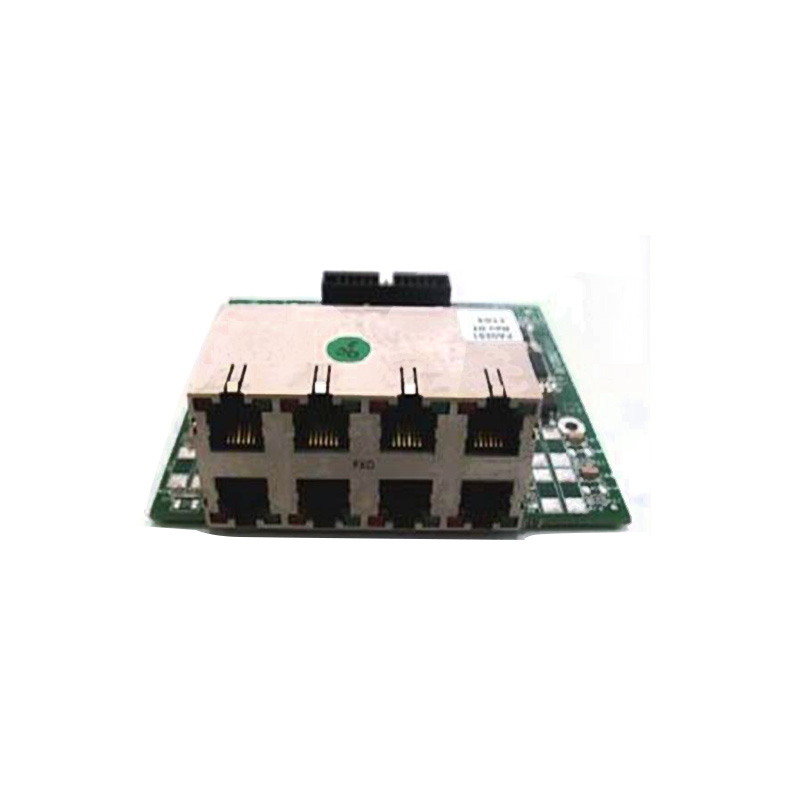
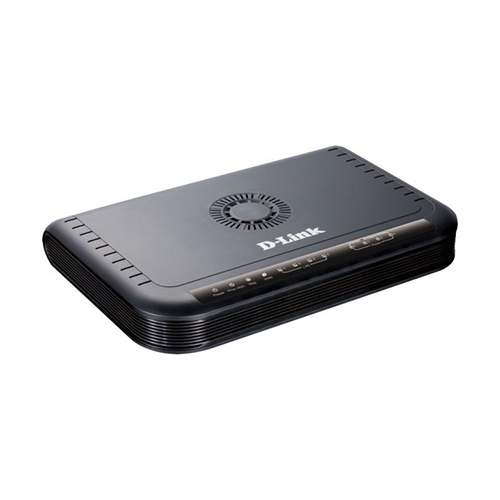
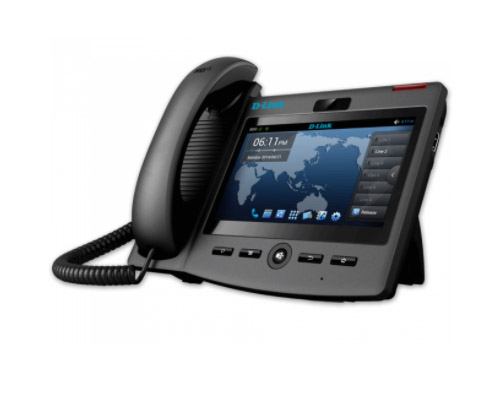

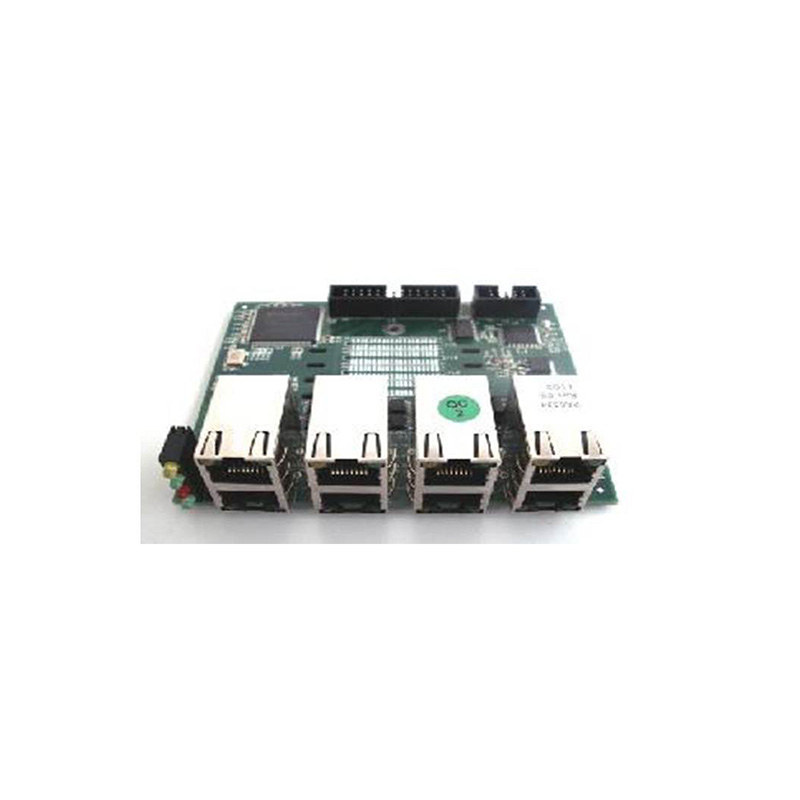
Reviews
There are no reviews yet.